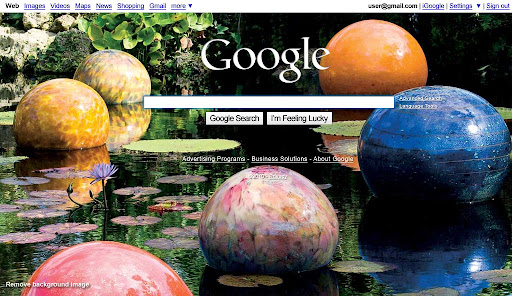The article below is a couple months old but interesting to look back on now the iPad has sold close to 4 million units, supporting Job's point of view.
Ballmer commented yesterday that Apple's sold more iPads than he would like. He was surprised by the iPhone, and is surprised by the iPad. After all, Microsoft was already selling phones, and tablets, and if so many people wanted them, they'd have bought them ... right?
You see the problem in Ballmer's iPad interview below. He thinks everything is a PC, just evolving form factors. The hardware shape changes like a fashion fad, but it's still a PC, and people are going to do the same things on it.
On the contrary, it's not the hardware form factor people are excited about. Joe Wilcox didn't repurchase an iPad because it was fashionable. It's the shape of the software — the usability. The iOS multi-touch platform pushes the OS into the background, putting goal-oriented apps front and center.
Everyday people (tech geeks call these people "normals") can poke a button for the thing they want to do, and the device becomes a tool to accomplish that thing. Your goal, in a sleek metal frame.
It's not a personal computer riddled with OS anxiety between you and your goal. Turn it on and it's a personal radio, Facebook, magazine, navigator, or photo album. It's whatever you need it to be at the time, and nothing else.
Steve Jobs' and Steve Ballmer's starkly different visions of the future
"PCs are like trucks," Apple (AAPL) CEO Steve Jobs told Walt Mossberg Tuesday night at the Wall Street Journal's D8 conference. When America stopped being an agrarian society, people started buying cars. Devices like the iPhone and the iPad, in Jobs' analogy, are the cars of computing as society transitions into what he calls the "post PC world."
"And this transformation is going to make some people uneasy," he predicted. "People from the PC world."Enter Steve Ballmer, CEO of Microsoft (MSFT), who was, in his D8 turn two days later, the embodiment of the uneasy PC guy, whether attacking Google's (GOOG) "incoherent" operating system strategy, damning Research in Motion (RIMM) with faint praise, or dissing Apple as living in "the bubble of Terranea" -- a reference to the swanky resort where the conference was held and whose participants could afford to own "five devices per person."
All Things D has posted excerpts of Ballmer's interview (along with Ray Ozzie, Microsoft's chief software architect) on its D8 site. We've pasted several below the fold, along with the Steve Jobs video that includes his vision of the post-PC world. It begins at the 3:30 mark in the first clip. Ballmer's response is in the video about the iPad.
Steve Jobs on the iPad and the post-PC world:
Steve Ballmer on the iPad:
Ballmer and Ozzie on cloud computing:
Ballmer on the battle for control of the mobile phone business:

